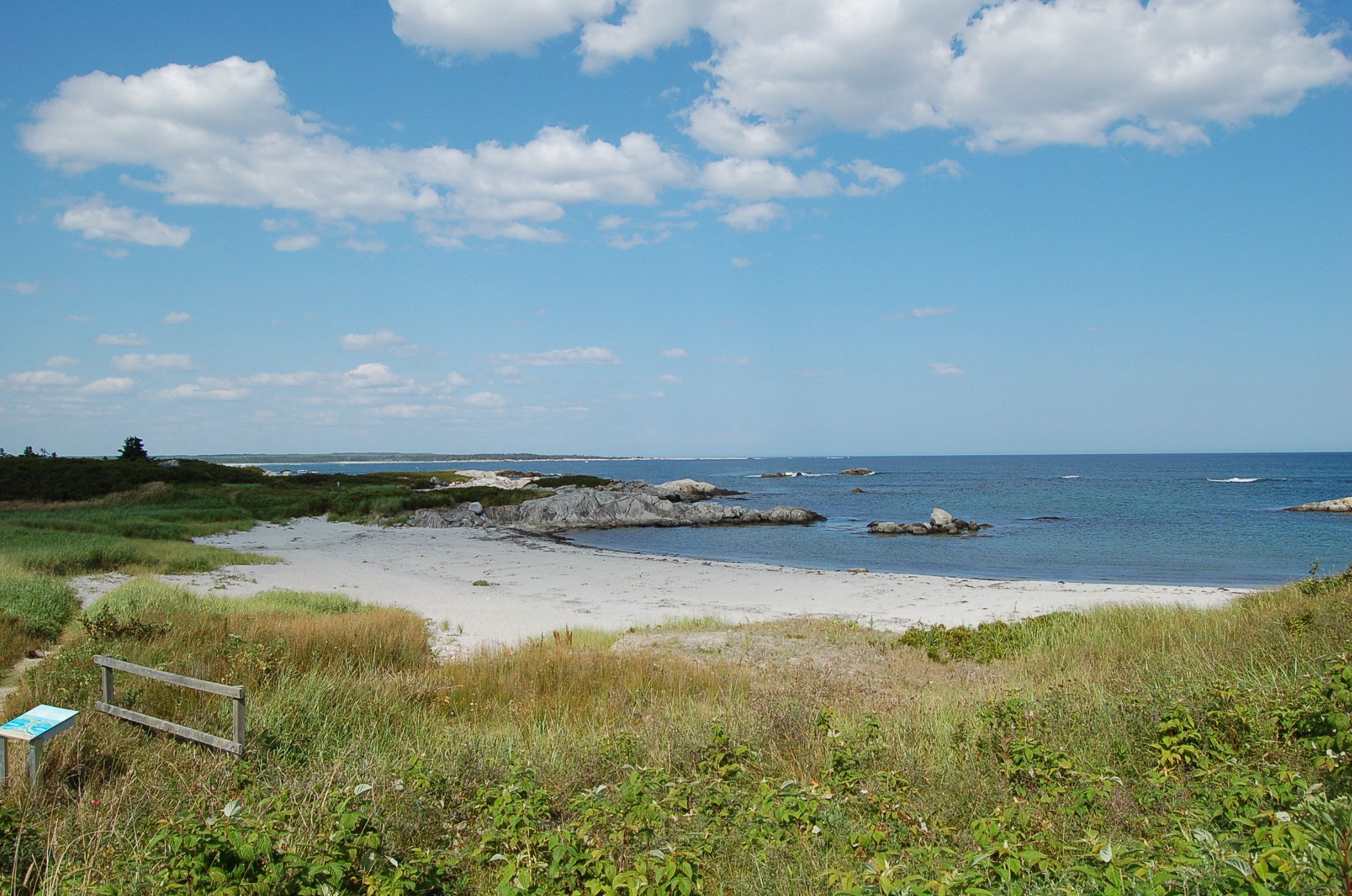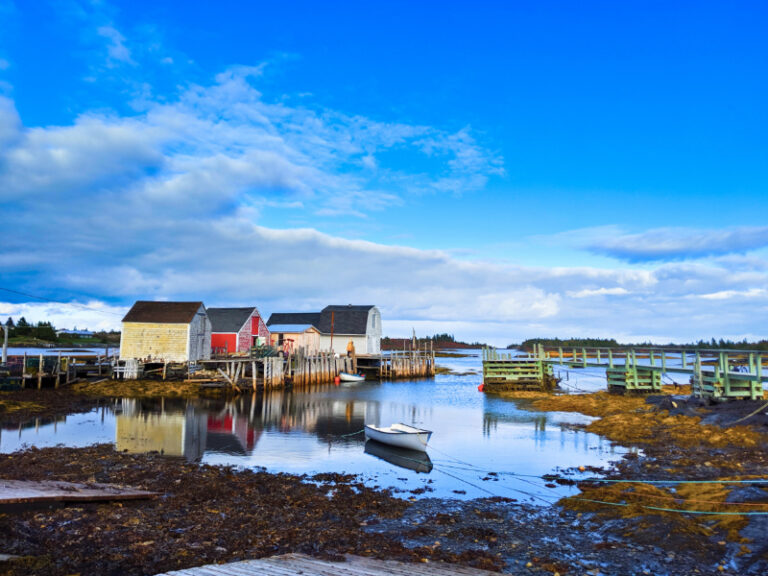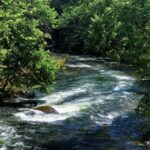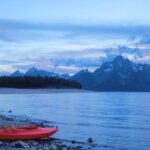With over a thousand lakes, plenty of rivers, and countless streams branching into its twenty-three major coastal areas, the Halifax region in Western Nova Scotia provides visitors with excellent opportunities for canoeing and kayaking. While most are saltwater country, it’s also known for its flatwater and whitewater paddling on its inland rivers and lakes. If you’re wondering which places to visit when you head to the West coast, below are some of the areas this kayaking haven offers.
Easy Kayaking Spots in Western Nova Scotia
For easy kayaking in Nova Scotia, we recommend lakes for the most part. When you consider the currents and tides of both the north and south shores of the western side, you’ve got to be an experienced paddler or going with a guide for many of the kayaking spots. Always opt for safety over fun, especially when you consider the water temperatures and violent currents around Nova Scotia.
Porters Lake
Located on the eastern side of Highway 107, just outside of Halifax is Porters Lake. Spanning 19 km, this area is great for adventure seekers, with the lake connecting to the Atlantic Ocean at certain points in time. The boat launch point is located at Porters Lake Provincial Park.
*SUP- friendly
Where to launch:
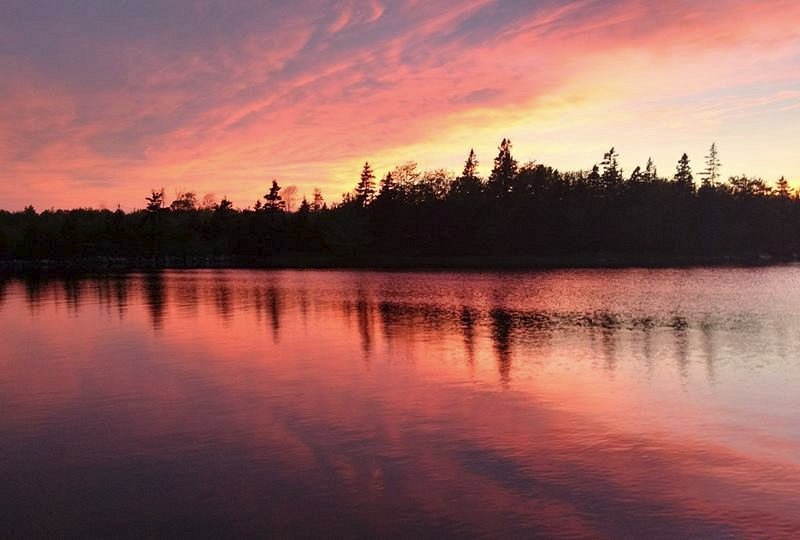
Shubenacadie Grand Lake
Shubenacadie is a great venue for beginner kayakers or canoers. Located at the waterway portion of The Great Trail, routes range from hours to even a couple of days. Folks can paddle beyond Lake MicMac through Lake Charles, a portage unto Lake Williams, Thomas and Fletcher, which gives paddlers the best chance to transition from freshwater to saltwater.
*SUP- friendly
Where to launch:

Halifax Harbour
For quite some time, more and more people have been canoeing and kayaking in the Halifax Harbour. Various launch points are available to choose from, namely that in Point Pleasant Park, Sands at Saltwater and MacCormack’s Beach Provincial Park.
*SUP-friendly
Where to launch:

Northwest Arm, St. Mary’s Boat Club
Great for beginners, one can easily navigate around this location just off Jubilee Road. Boat, kayak, and paddle boat tours abound in this area managed and operated by St. Mary’s Boat Club. The club is active and open from April to December.
*SUP-friendly
Where to launch:
Martinique Beach Provincial Park
This provincial beach park is home to the longest sandy beach in Nova Scotia and spans 507 hectares of islands, forests, and coastal wetlands. At this location, boats can be launched from the parking lot and routes are en route to the marshes.
Where to launch:
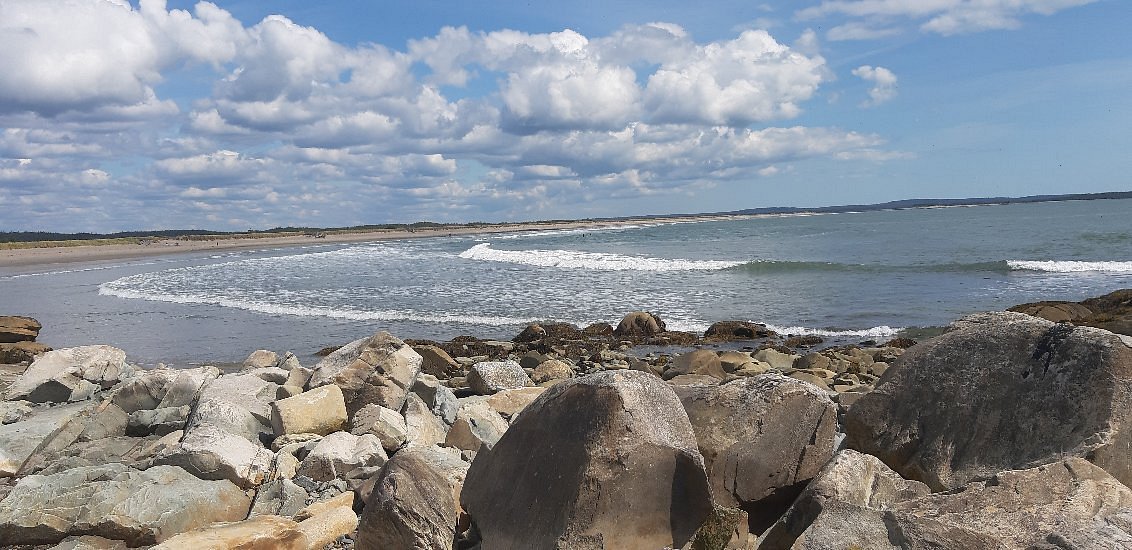
Musquodoboit River
This trail has approximately 80 kilometers that empty out Musquodoboit Harbour. The trail has a moderate to intermediate rating great for those with some experience. Rapids become dangerous after a rainstorm and become shallow during the dry season. Note you’ll have to portage your kayak out regardless of where you start.
Where to launch:
Difficult and Technical Kayaking in Western Nova Scotia
Just like you don’t go rock climbing without the proper knowledge, skills and gear, that’s equally important when you’re planning for a difficult kayaking journey, and in particular when you’re kayaking in Nova Scotia. Like I said before, currents and water temperatures make for potentially dangerous situations, so be smart as you make your Nova Scotia kayaking plans.
Morris Lake
Considered one of Dartmouth’s largest lakes, Lake Morris is a 3.5 km long lake located between Cladwell Road and Portland Estates. As an avid paddling spot due to its proximity to the neighboring communities, easy access to the area makes it a top kayaking destination. These are training grounds for serious paddlers. Canoe rentals are available from Kiwanis Beach at the edge of Caldwell Road.
*SUP-friendly
Where to launch:
- Morris Lake
Terrence Bay
For intermediate kayakers, sea kayaking at Terence Bay rocky shorelines. Wildlife is abundant and as you paddle through the islands that dot the bay you have opportunities to see whales and porpoises.
*SUP-friendly, recommended for experienced paddlers
Where to launch:
- Terence Bay, located 10 KM off the Prospect Road, 21.2km from Halifax

Bay of Fundy
Having the highest tidal paddling experiences, the upper Bay of Fundy offers many unique sea kayaking adventures. The Bay of Fundy in its upper region offers incredible opportunities for sea kayaking. With a full-day paddle, you’ll see a different waterscape as the shores change tides. Tides can reach up to 12-40 meters.
Where to launch:
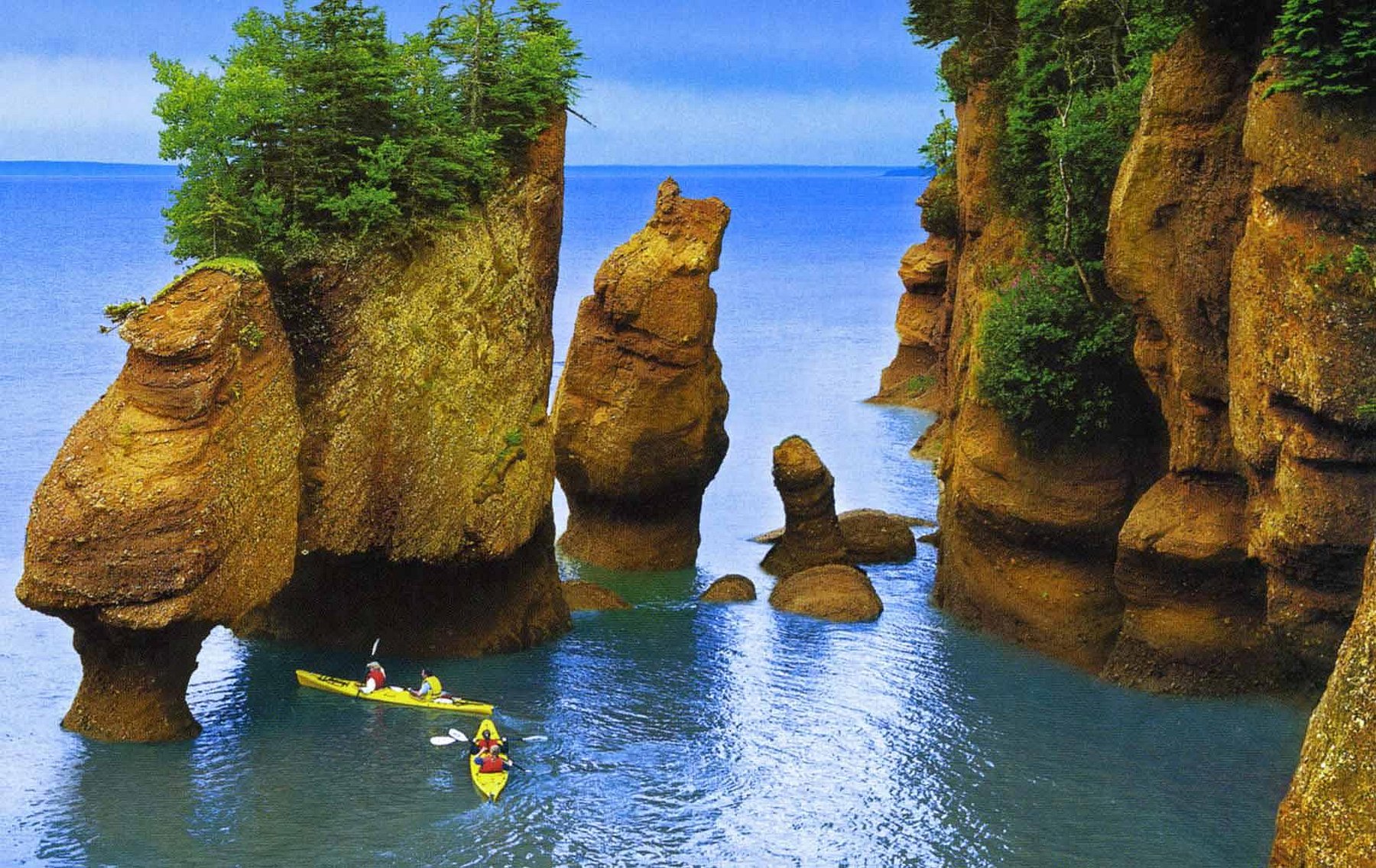
South Shore, Nova Scotia
The South Shore of Nova Scotia is home to charming fishing villages, historic lighthouses, abundant seafood, and gorgeous rugged beaches. Clark Harbour is one of many areas you can go for a paddle. Mahone Bay, Oak Island, Shelbourne Harbor, the Josies Islands, and countless other islets, bays, and coves make up the southwestern corner of Nova Scotia.
Where to launch:
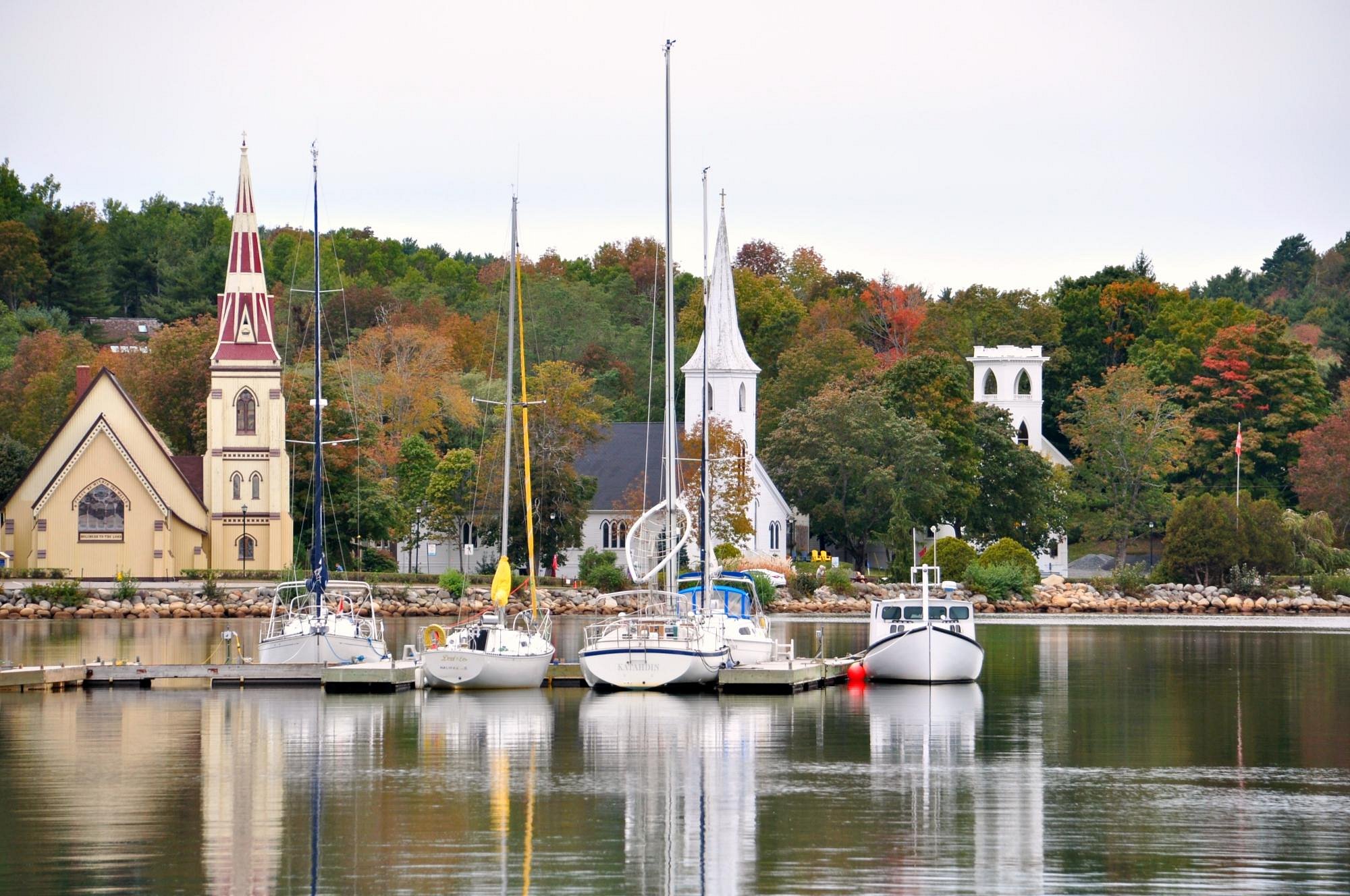
National and Provincial Park Kayaking in Nova Scotia
Nova Scotia is abundant in national and provincial parks, each offering its own unique setting where nature and history merge. From one located in the capital city to a far-flung park reserve, here are a few of our recommended parks for kayaking. Remember: safety first!
Kejimkujik National Park
Considered one of Nova Scotia’s greatest natural treasures, Kejimkujik is a large forested inland park abound with dozens of freshwater lakes, rivers, and ponds, the largest being Kejimkujik Lake. Called “Keji” among the locals, this national park is best for beginner to intermediate kayakers, with the seaside adjunct being available for kayakers looking for a more technical experience. Camping, canoeing, hiking, fishing, and swimming are just some of the activities available to visitors.
*SUP friendly
Where to launch:
- Kejimkujik National Park and National Historic Site, 3005 Kejimkujik Main Parkway
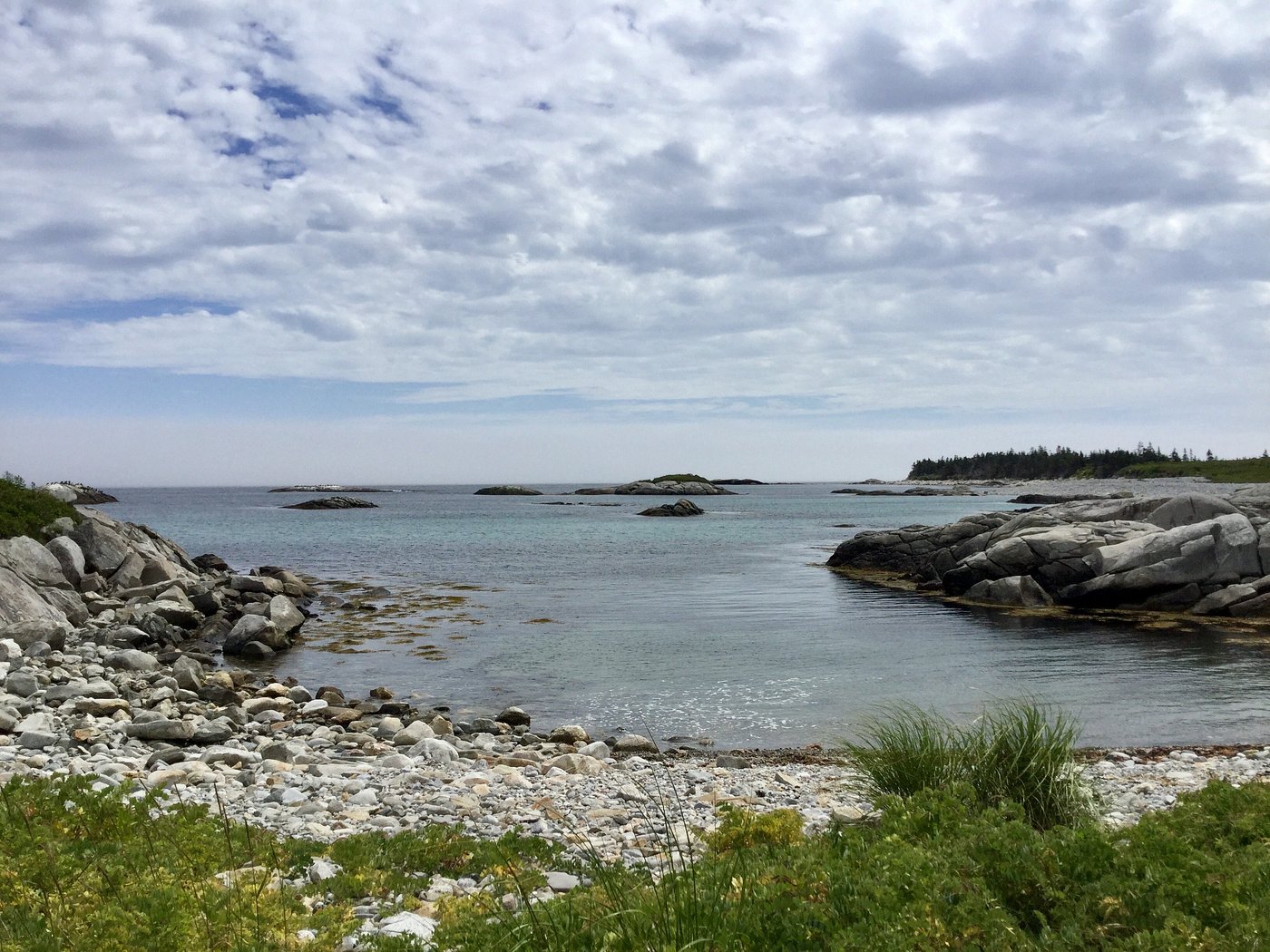
Cape Chigneto Provincial Park
This wilderness park boasts 29km of coastline, coves, valleys, and old-growth forests. Visitors can hike its wilderness trails, have a picnic overlooking the Bay of Fundy, back-country camping, and sea kayaking. This is a good spot for moderate kayaking depending on the weather. If it’s looking stormy or iffy, it’s best to stay in.
*SUP friendly
Where to launch:
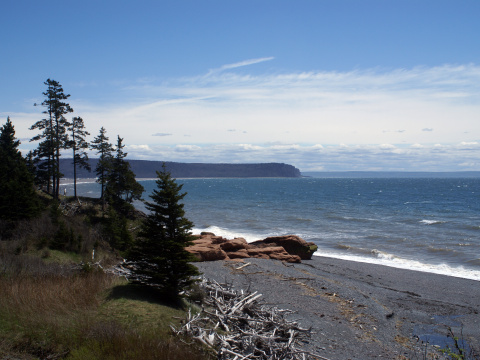
Cape Breton Highlands National Park
Yes, this is on the East Cape, but if you’re planning epic Nova Scotia adventures, you’ll probably be heading this way. Known for its highland and ocean scenery Cape Breton visitors can choose from various activities. The area is full of sandy beaches and options for freshwater or saltwater swimming. Other activities include hiking, camping, golf, cycling, canoeing, and kayaking.
Where to launch:

Thomas Randall Provincial Park
The Thomas Randall Provincial Park overlooks Port Joli Harbor on the way to Yarmouth and is filled with tons of campsites and a few white sand beaches. The park offers visitors a wide range of activities like hiking, canoeing, kayaking, camping and picnicking. This quiet park is filled with boulders, kelp and colorful shorelines teeming with tide pools and wildlife.
*SUP friendly
Where to launch:
Recommended Kayaking Tours in Nova Scotia
For those who want to explore the rugged wilderness of Western Nova Scotia, this Three Sisters sea kayaking tour offers a fantastic experience. Taking off at Spicer’s Cove and into the calm, soothing waters of Cape Chignecto Provincial Park, one will be surrounded by towering cliffs, keyholes, archways and sea stacks which the area is famous for. A picnic on a beach nearby can also be arranged for guests, and all the needed equipment and instruction for the tour shall be provided by their guides.
Best for canoers who want remote campsites and solitude, this three-day canoe trip which explores Keji’s southern lakes are recommended. Longer hours of paddling and portaging spent exploring the park’s campsites, going into the hinterland lakes are to be expected. Check out the Keji Southern Lakes Canoe Trip for a three day trip. Going during the summertime offers warm, sandy beach trips and swimming during the day, and if you’re lucky, the fireflies can be seen after sunset.
Best for beginners, this two-hour tour of the Mersey River in Kejimkujik offers a great paddling experience that comes with great and relaxing views of nature and the local wildlife. The guided tour gives guests a chance to connect with nature as well as the rich Mi’kmaw culture of the area. The park’s various wildlife are a sight to see, as wild turtles, beavers, squirrels and even the white-tailed deer are said to be seen during the course of the tour.

Need to Know for Nova Scotia
Nova Scotia has a lot to offer. From year-round surfing, sea and inland kayaking, dozens of hiking trails, vineyards, and markets, as well as golf parks and various historical sites. Halifax is Nova Scotia’s capital city, and it’s also the largest city in the Atlantic Provinces. The city is located on the eastern coast of Canada and is known for its scenic beauty, maritime history, and diverse culture. Halifax is a popular tourist destination for visitors from all over the world, and there are plenty of things to see and do in Halifax, NS.
Some of the most popular attractions in Halifax include the Halifax Citadel National Historic Site, the Maritime Museum of the Atlantic, and the Public Gardens. There are also many great shops and restaurants to explore in Halifax’s downtown core. The city plays host to a number of annual events that are sure to please visitors, such as the Halifax Jazz Festival, Canada Day celebrations, and the Halifax Pop Explosion. Whether you’re looking to experience the history and culture of Halifax or just enjoy a fun-filled vacation, this city has something for everyone.
When to Visit Nova Scotia
The best time to visit Nova Scotia is during July and August, which is the period of summer festivals and local events. Because it’s cold and on the Atlantic Ocean, most tourist operations don’t fully open until May and then close in early October. Perfect also for those who love the outdoors, as this time is optimal for activities such as kayaking, canoeing, hiking, and paddle boarding. For hiking and surfing (with wetsuits, for sure) enthusiasts, the best period to go is through the months of May, June, September, and October.
Weather in Nova Scotia
Nova Scotia weather is mostly moderate and slightly continental, usually characterized by intense winters but pleasantly warm and rainy summers, as the area is surrounded by water.
Cold, foggy mornings are considered the norm with the mist clearing out by late morning. The low season is November to April as temperatures range -15ºC to 5ºC (5ºF-40ºF). Christmas festivals start in late December and go through early January. Indeed, Nova Scotia is a haven for lovers of the great outdoors. Be it rolling seas, lush forests, or quaint lakes and rivers. With this run-down offering a multitude of choices, each kayaker is sure to pick a choice tailored to their liking.
